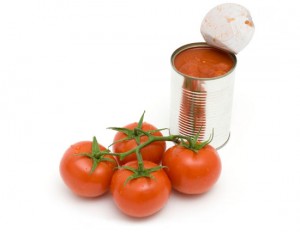It seems every time you try to make a healthy food choice, some new research tells you, “NO, DON’T EAT THAT!!” At the end of the day, it’s not only frustrating, but incredibly confusing, too. The link below, 14 Foods you Should Never Eat is a somewhat new list, with some obvious choices (artificial food coloring), but also some new ones like sprouts. See, that’s where it gets confusing since sprouted everything seems to be all the rage! Take a peek….maybe make a few adjustments to your diet. We’re veering into a new year, so the timing is perfect! If you have any questions and/or other suggestions for the list, please post and share.
http://www.rodalenews.com/food-ingredients-avoid





